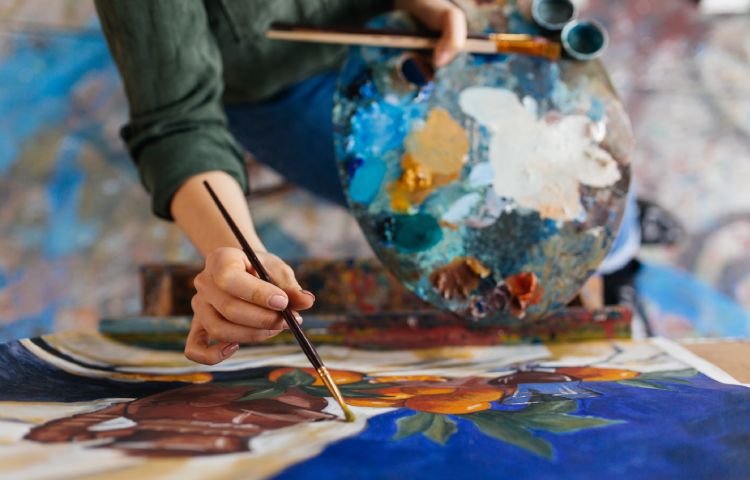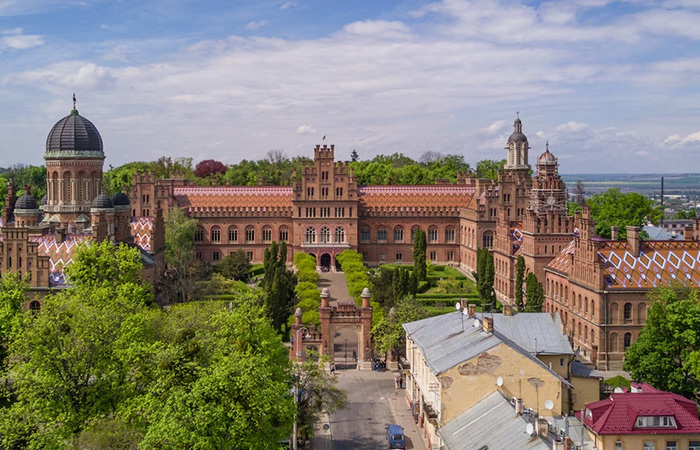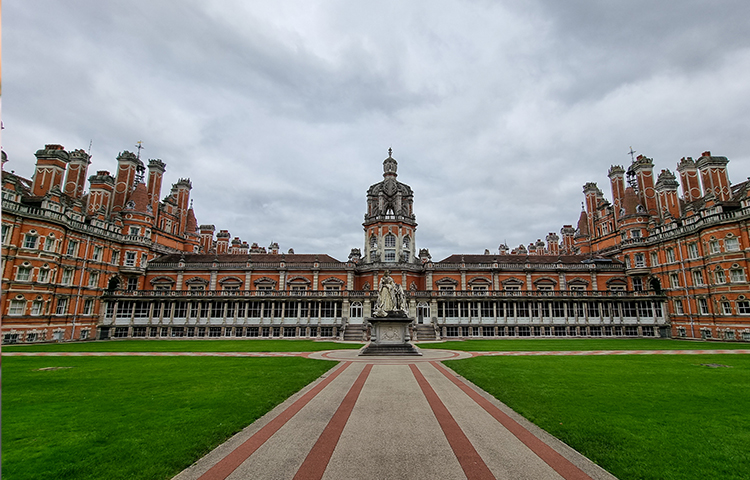A Masters in Fine Arts is a post-graduate program that develops the artistic skills of students, turning them into successful artists in areas like music, painting, television, etc. So, if you are planning to enrol in a master’s degree in Arts from a reputed international university, this is the guide for you.
Key Highlights
- Why pursue a Masters in Fine Arts?
- Masters of Fine Arts degree: Course Overview
- Master of Fine Arts syllabus
- Master of Fine Arts subjects
- Master in Fine Arts specialisations
- Popular Master of Fine Arts courses
- Popular international universities for Master of Fine Arts
- Masters in Fine Arts eligibility criteria
- Master of Fine Arts requirements: Is work experience necessary?

Why pursue a Masters in Fine Arts?
Students with artistic minds will get concentrated time to focus and refine their art, get the chance to show their creativity in a selected art form and hone their skill sets. Moreover, Arts graduates can easily explore numerous job opportunities in domains such as animation, commercial art, theatre, etc. As per their interests, they can either explore teaching opportunities or work with advertising agencies and marketing firms.
Also Read: Importance of career counselling for students
Masters of Fine Arts degree: Course overview
A Masters of Fine Arts (MFA) is a professional course focusing on areas like painting, creative writing, photography, filmmaking, visual arts, etc. This degree aims to strengthen knowledge and abilities that help students build successful professional careers and contribute to the art world. Depending on the specialisation and university, the course duration can range between 1 and 3 years. The annual salary offered to Fine Arts graduates may range from ∼INR 20,00,000 to ∼INR 58,00,000.
Master of Fine Arts syllabus:
The curriculum includes theoretical and practical aspects. The former includes art history, great artists and their works, art movements, etc. The practical knowledge is imparted via seminars, workshops, research projects, etc. Students are also encouraged to show their artwork in a portfolio form.Master of Fine Arts subjects:
Some of the subjects covered during the study program are as follows:- History of Indian Art
- Aesthetics and Principles of Art Appreciation
- Mechanism of Artistic Perception
- Principles and Sources of Art
- History of Indian Painting
Also Read: What students must know before pursuing Masters in Architecture
Masters in Fine Arts specialisations
You can complete your Masters in Fine Arts degree in both creative and technical fields of specialisation, which are as follows:
| Acting |
Photography |
Filmmaking |
Computer Animation |
Art History |
Sculpture |
Illustration |
Creative Writing |
Visual arts like printmaking, ceramics, drawing, etc. |
Popular Master of Fine Art courses
Some of the popular post-graduate Fine Arts courses that reputed international universities offer are as follows:
- MFA in Art Practice
- MFA Painting and Printmaking
- Master of Fine Arts (by research)
- MFA in Sculpture
- MFA at Studio Art
- MFA in Theatre Directing
- MFA in Theatre Studies
Also Read: Read about Universities in Abroad
Top International universities for Master of Fine Arts
When you choose to study abroad, you will experience exceptional education quality. International universities have high-end laboratories for research and other facilities to enhance your learning experience. Some of the top-ranked universities you can consider are:
- Stanford University, the USA
- Purdue University, the USA
- Politecnico di Milano, Italy
- University of Leeds, the UK
- University of Southampton, the UK
- The University of Melbourne, Australia
- University of Alberta, Canada
- University of Waterloo, Canada
- Trinity College Dublin, Ireland
- University of Otago, New Zealand
Master in Fine Arts eligibility criteria
- A bachelor’s degree in Fine Arts from a recognised university with a minimum of 55%
- Academic transcripts (degrees and certificates)
- English language proficiency tests such as the International English Language Testing System (IELTS) or Test of English as a Foreign Language (TOEFL)
- Graduate Record Examinations (GRE)
- Letters of Recommendation (LOR)
- Statement of Purpose (SOP)
- Resume
Also Read: What is the difference between IELTS and PTE
Master of Fine Arts requirements: Is work experience necessary?
Students with work experience get the golden opportunity to highlight their skills and talent by submitting a portfolio of their projects. This increases their chances of acceptance. However, work experience is not a mandatory requirement in every university. Therefore, students should check the university and course-specific requirements before applying.
So, if you are planning to enrol in a master’s course in Fine Arts and are worried about financial aspects, opt for an education loan in India to meet your academic aspirations. An education loan is an incredible financial tool that allows you to finance your higher education independently and earn a self-made badge. At Avanse Financial Services, we offer customised education loans with multiple benefits. Feel free to contact us to know about these benefits, educational loan interest rate, and other important details.










